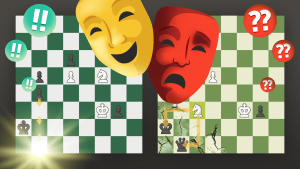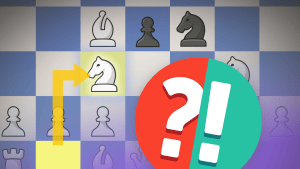
Openings for Tactical Players: Meran Variation
If you are a 1.d4 player, then at some point you have to find an answer to the question "What am I going to play against the Semi-Slav complex?" Indeed, after the moves 1. d4 d5 2 c4 c6 3. Nf3 Nf6 4. Nc3 e6, which can be played by many different move orders, White needs to make a choice. Either he plays 5. e3 which leads to the sharp Meran variation or 5. Bg5 which gives Black an option to choose between the Botvinnik variation (5...dxc4) or Moscow variation (5...h6). All these openings are perfectly fine for White, but there is a major problem. They all are explored so deeply that it would take an enormous amount of time just to learn what's going on there as of today; but then even worse, you'll have to follow all the recent tournaments in order not to miss some major novelty that might just completely change the evaluation of the whole variation you play. Of course that's what professional chess players do on a daily basis and some of them even enjoy the routine, but how many club payers could realistically spend that much time on openings? I have good news for such players! You can still play a sharp line that leads to a very interesting tactical game and yet it doesn't require you to memorize an ocean of variations. All you need to do is to find a side-line that is temporarily out of fashion and therefore is not that heavily analyzed. As an example I want to discuss today the 8. Bb3 side-line of the Meran variation. I am talking about the position arising after 1. d4 d5 2. c4 c6 3. Nc3 Nf6 4. e3 e6 5. Nf3 Nbd7 6. Bd3 dxc4 7. Bxc4 b5. The main difference is that unlike in the main line after 8. Bd3, the White Queen is still able to protect the d4 pawn which is very important in the main classical line ( 8...a6 9.e4 c5 10 e5 cxd4). Here if White has his Bishop on d3, he cannot recapture with the Nf3 since he'll lose the e5 pawn and the Bd3 prevents Qxd4, therefore White usually plays 11. Nxb5, but Black has many promising ways to continue here. It is enough to say that this line brought the World Title to Vishi Anand who managed to score two nice wins with Black in his match vs. Vladimir Kramnik. The position of the Bb3 completely changes the evaluation of the whole variation since White can simply play 11. Qxd4 and Black starts experiencing difficulties right away as was seen in the next game:

